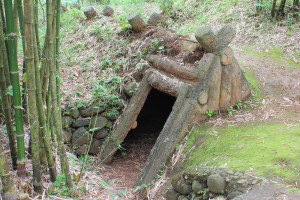With all the different types of workouts available to someone who is setting out on a new course of fitness it is easy to be overwhelmed by all the variety of yoga, crossfit, spin classes, swim classes, etc. They are all wonderful fitness options that offer the support of a teacher and fellow participants who may share common goals of getting more healthy and reducing stress. They also require financial commitments, schedule conflicts, and a variety of quality among those who teach them. Knowing how to do a particular activity is not the same as knowing how to teach another person, whose fitness level may be vastly different, how to safely practice that activity.
I always recommend that people who are new to exercise start out the most simple way possible. Walking once or twice a day can be a phenomenal way to start the process of becoming more healthy and can do wonders for reducing stress and anxiety. Walking can be done in the early morning, at work breaks, and at the evening to reduce anxiety before bedtime. It is cheap and does not require special classes or equipment although joining a meet up group or REI class can be a great way to meet friends. There are a variety of wrist bands, such as the Fitbit, out there now to help you measure and reach your goals while providing a number of other insights into sleep and diet. Our community is surrounded by wonderful trails which can be starting places or future goals as your health grows.
Start walking today and push yourself to always increase the time and pace as you progress and eventually you may feel ready for something more challenging. When you do you will be at a better starting place to jump into yoga or crossfit than you were at the very beginning. Don’t forget to swing those arms and feel the weight come off your shoulders with each evening walk.
Here is a great New York Times article I recommend about getting started with walking. To Age Well, Walk














